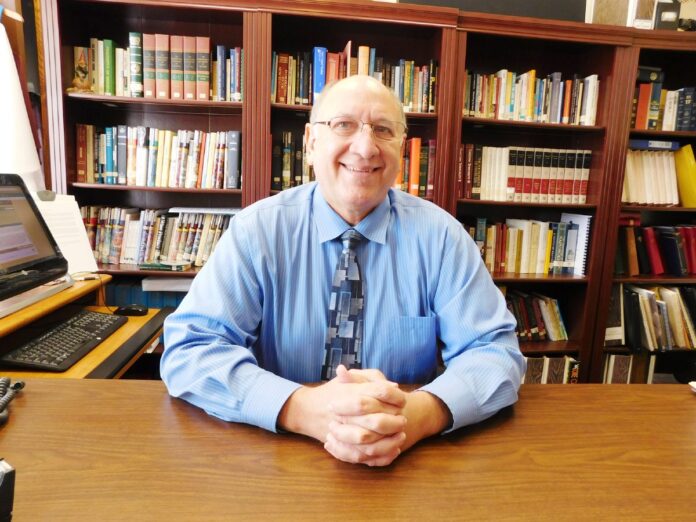I was in the mood for some “comfort spiritual food” the other day, so I pulled one of my older but favorite theological books off the shelf: Jurgen Moltmann’s The Source of Life: The Holy Spirit and the Theology of Life.
Right away I was reminded why I like this book so much, as Moltmann makes some interesting observations about our bodily stature during prayer. For example, he claims that praying in the prone position denotes subservience, whereas the kneeling position — head bowed, eyes closed — speaks of an attitude of “contrition and helplessness.”
Prayer while standing, especially with arms uplifted and outstretched, is a prayer of “expectation” in which the prayer-giver “invites God to come into his/her life, indicating as well that the prayer-giver is ready to receive what God has to give.”
If what Moltmann says is true, then in my church we are neither very “subservient” nor “contrite” in our prayers of worship. At least it’s been awhile since I have seen anyone in the sanctuary pray in either the “prone” position or “kneeling.” (Although, if we put in “kneelers” maybe we would see more people gravitate to such a position?)
We do pray while standing quite a bit; but few people do so with hands outstretched or uplifted — and if they do they usually follow the unofficial local rule someone recently quoted to me as “never lift your hands higher in worship than what is required to hold a hymn book.”
Does this mean we aren’t expecting much in return? Or are we just self-conscious about making a spectacle of ourselves?
Either way, my observation is that mostly we pray while seated. Moltmann doesn’t have much to say about such stature.
We might dub ourselves as “posterior pray-ers.” However, I’m not sure what that says about us; I am certain few of my parishioners would appreciate being labeled as such!
Ultimately it seems to me that what is most important is not the stature of our bodies during prayer, but rather the attitude of our hearts. Probably what God wants most from us is for us to speak as if we care.
In the Gospel of Luke, when the disciples ask Jesus to “teach them to pray” (11:1), Jesus responds by instructing them to address God as they would speak to a member of their own family.
Jesus calls God “Abba,” which we translate as “Father” but would be more accurately rendered as “Papa.” Abba is the native Aramaic word for addressing one’s “dad.” It is an expression of intimacy and familiarity. Then, in what is the shortest version of the “Lord’s Prayer” found in the Gospels (Luke 11:2-4), Jesus suggests they make three requests. They should ask for bread, for forgiveness and for deliverance, and they should trust God to provide their needs.
Intimacy, trust and expectation — more important than our bodily stature are these attitudes of the heart. Whether prone, kneeling, standing or sitting, in our prayers we are to approach God in the same way we would a loving parent, and trust God to hear and answer our prayers in ways that meet our needs.
The Rev. Frank Everett is pastor of Greenfield Christian Church (Disciples of Christ). This weekly column is written by local clergy members. Send comments to [email protected].





